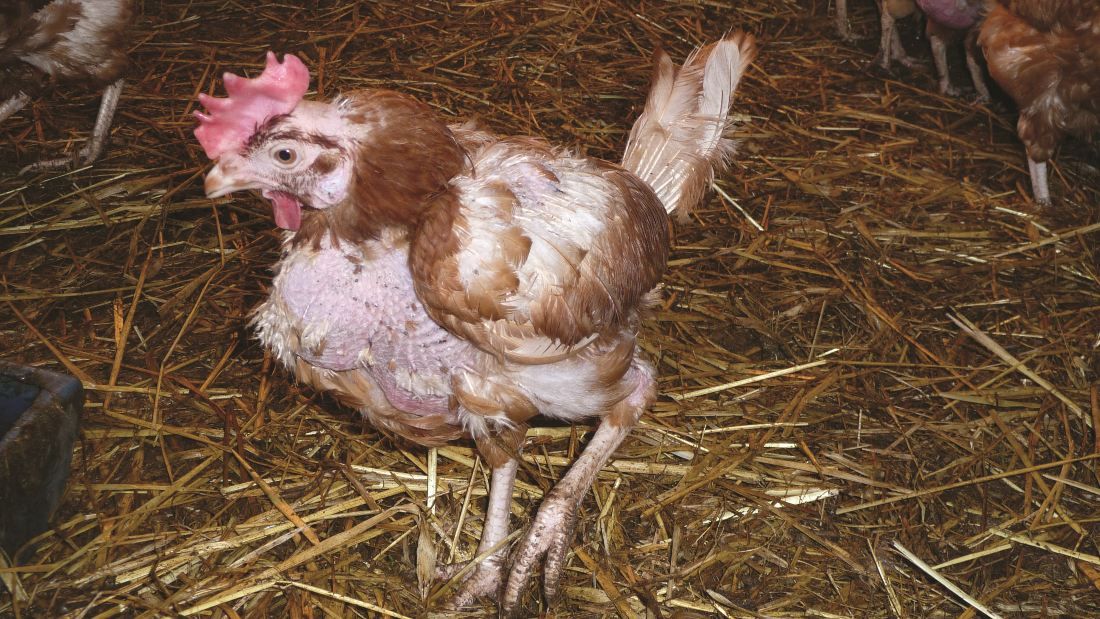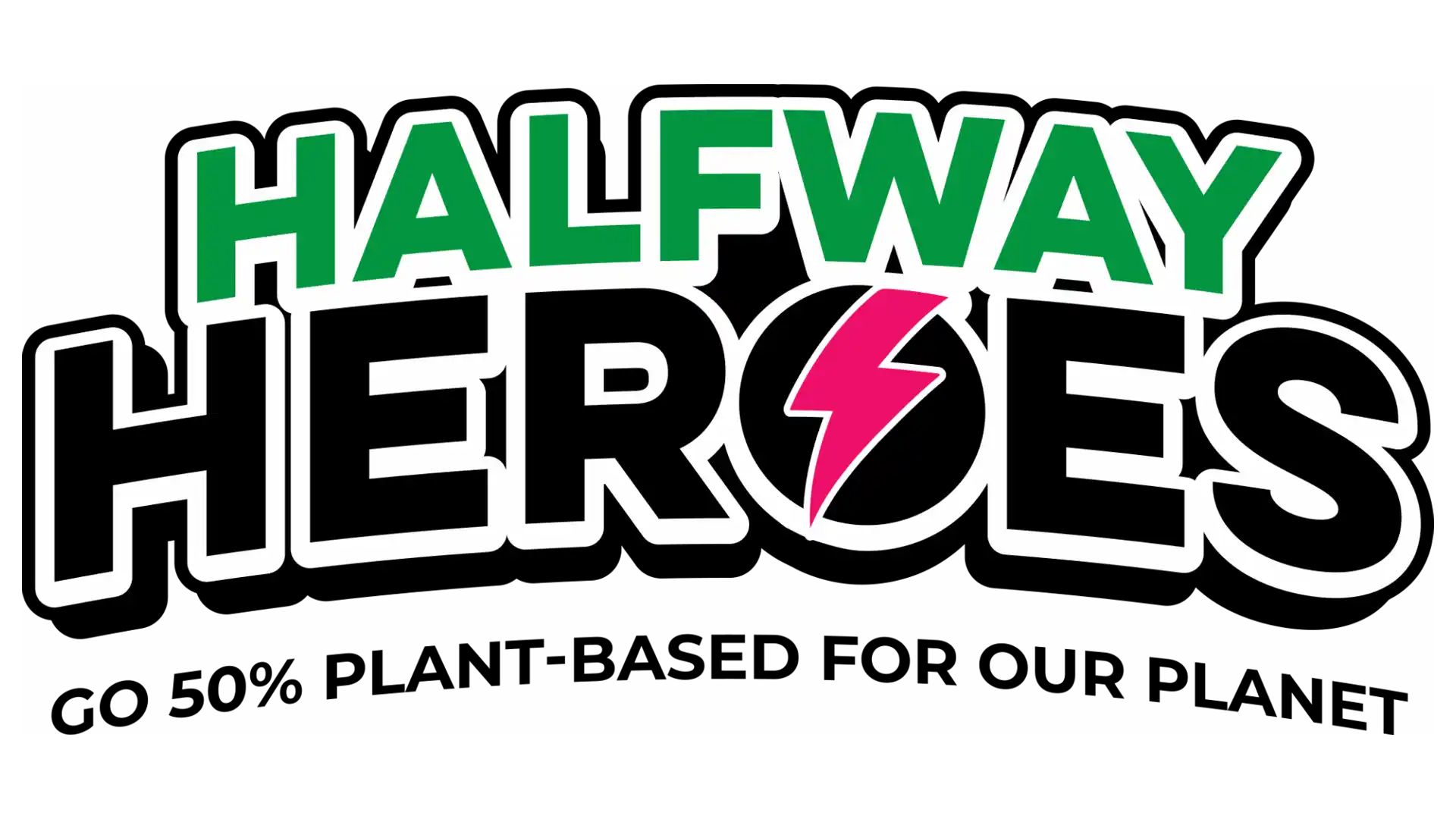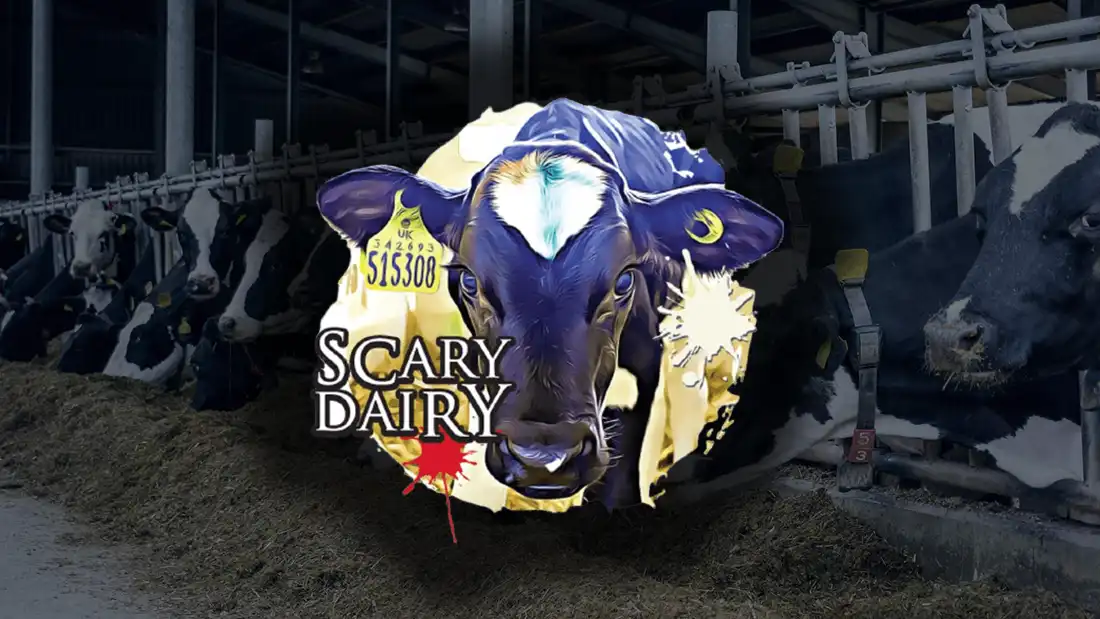Salmonella – Are Eggs Really Safe?

Salmonellosis is an infectious zoonotic disease usually caused by eating food contaminated with Salmonella bacteria. Typically, Salmonella food poisoning causes gastroenteritis, leading to stomach cramps, nausea, diarrhoea, vomiting and fever. Symptoms usually develop between 12 and 72 hours after becoming infected and illness usually lasts from four to seven days.
Salmonella generally causes a mild illness, but vulnerable groups like children under five, the elderly and those with weakened immune systems may experience more severe illness and may require hospitalisation.4FSA. 2021. Update 12 March: The FSA is reiterating its advice on cooking frozen raw breaded chicken products following links to cases of Salmonella. Available: https://www.food.gov.uk/news-alerts/news/update-12-march-the-fsa-is-reiterating-its-advice-on-cooking-frozen-raw-breaded-chicken-products-following-links-to-cases-of [Accessed 3 June 2022]. Invasive Salmonella infections, that spread into parts of the body such as the blood, are rare but can be severe and life-threatening. In the UK, although Campylobacter is the most common foodborne pathogen, Salmonella is responsible for the most hospital admissions.
Salmonella enterica is the most pathogenic species and can be divided into two main groups – typhoidal and nontyphoidal. Salmonella Typhi (not to be confused with Salmonella Typhimurium) and Paratyphi can cause typhoid fever and paratyphoid fever respectively. Both tend to occur in developing countries with poor sanitation and infection is uncommon in the UK. They are both adapted to humans and are not considered to be zoonotic.
Salmonella enterica have more than 2,500 different serotypes (their names are not italicised). They are members of the same species but classified differently according to their distinctive surface structures. Nontyphoidal serotypes are more common and can cause gastrointestinal disease. They can infect a range of animals and are zoonotic. Two serotypes are responsible for around half of all salmonellosis cases in humans; Salmonella Enteritidis and Salmonella Typhimurium.5HM Government. 2018. Zoonosis report UK 2017. Available: https://assets.publishing.service.gov.uk/government/uploads/system/uploads/attachment_data/file/918089/UK_Zoonoses_report_2017.pdf [Accessed 3 June 2022].
Between 1981 and 1991, the incidence of salmonellosis in the UK rose by over 170 per cent due to an increase in S. Enteritidis infections. The UK was not alone; the World Health Organisation’s Salmonella surveillance system showed that during the late 1980s, infections with S. Enteritidis increased on several continents, with North America, South America and Europe appearing to bear the brunt.6O’Brien SJ. 2013. The ‘decline and fall’ of nontyphoidal salmonella in the United Kingdom. Clinical Infectious Diseases. 56 (5) 705-710.
Salmonella bacteria are found in the gut of many farmed and wild animals including poultry, pigs, cows, hedgehogs, snakes and lizards. Poultry, pigs and cows are a significant source of this food poisoning bug but they may show no signs of infection and infected foods usually look and smell normal. Factory farms provide the ideal environment for Salmonella bacteria to spread as they are shed in the faeces of infected animals. Research shows that poor ventilation, high levels of dust and overcrowding all help spread Salmonella among poultry and pigs.
A large-scale UK survey of egg-laying poultry farms found that cage farms were more than six times more likely than non-cage farms to be infected with the strain of Salmonella most commonly associated with food poisoning. Large farms with over 30,000 birds were more than 14 times as likely to test positive for S. Enteritidis as those with less than 3,000 birds.8Snow LC, Davies RH, Christiansen KH et al. 2010. Investigation of risk factors for Salmonella on commercial egg-laying farms in Great Britain, 2004- 2005. The Veterinary Record. 166 (19) 579-586.
Salmonella bacteria are usually found in raw or undercooked meat, raw eggs, milk and other dairy products. If contaminated meat is minced, as is the case with some chicken products, the bacteria become incorporated throughout the meat, which, if inadequately cooked, can lead to food poisoning. Poultry are especially likely to carry Salmonella which is why it is often found in raw eggs from chickens which have not been vaccinated (see below). Other foods like fruit, vegetables and shellfish can become contaminated through contact with animal waste that has been used on land or water.
In 1988, then junior health minister Edwina Currie angered farmers and egg producers by warning the British public on prime-time TV that: “Most of the egg production in this country, sadly, is now infected with Salmonella.” Egg sales plummeted by 60 per cent and Currie was forced to resign. In 2001, a Whitehall report written months after Currie resigned was published, showing she had been largely correct. The study by the Ministry of Agriculture, Department of Health and the British Egg Industry Council said that Britain was experiencing a “salmonella epidemic of considerable proportions” in late 1988.11Wasley A and Heal A. 2019. Bureau of Investigative Journalism. Exclusive: At least 100 cases of Salmonella poisoning from British eggs. Available: https://www.thebureauinvestigates.com/stories/2019-09-20/exclusive-at-least-100-cases-of-salmonella-poisoning-from-british-eggs [Accessed 3 June 2022].
Measures introduced to control this epidemic included legislation, food safety advice and a voluntary, industry-led vaccination scheme against S. Enteritidis and S. Typhimurium that began in broiler-breeder flocks in 1994 and in laying flocks in 1998.3O’Brien SJ. 2013. The ‘decline and fall’ of nontyphoidal salmonella in the United Kingdom. Clinical Infectious Diseases. 56 (5) 705-710. Also in 1998, the egg industry launched the British Lion code of practice to try and rebuild consumer confidence by certifying the safety of eggs sold with that stamp.
Vaccines have now been used for over 20 years as one of the measures to reduce the risk of poultry infection with Salmonella.12Defra. 2010. Zoonosis report UK 2008. Available: http://www.defra.gov.uk/foodfarm/farmanimal/diseases/atoz/zoonoses/reports.htm Most commercial egg-laying flocks in the UK are now vaccinated and eggs that carry the British Lion mark have been laid by hens vaccinated against Salmonella. In 2017, the Food Standards Agency declared Lion Mark eggs virtually free of Salmonella and Heather Hancock, then chairman of the Food Standards Agency, said: “The risk of Salmonella is now so low you needn’t worry.”
However, in 2019, the Bureau of Investigative Journalism revealed that more than 100 people had been poisoned by British eggs contaminated with Salmonella over the previous three years – 45 cases in 2019 alone. According to the bureau, 25 egg-laying poultry flocks tested positive in 2019, seven of them infected with the most serious strain. In 2018, 28 flocks tested positive for Salmonella, four of them with dangerous strains. Two egg-packing factories were also said to have been contaminated. The potentially fatal bacteria were traced to British poultry farms, despite government assurances that the risk had been virtually eliminated.5Wasley A and Heal A. 2019. Bureau of Investigative Journalism. Exclusive: At least 100 cases of Salmonella poisoning from British eggs. Available: https://www.thebureauinvestigates.com/stories/2019-09-20/exclusive-at-least-100-cases-of-salmonella-poisoning-from-british-eggs [Accessed 3 June 2022].

Some outbreaks have been linked to imported chicken products. In 2021, an ongoing outbreak of Salmonella poisoning in the UK, dating back to early 2020, was linked to imported frozen raw chicken products. The UK Food Standards Agency and Public Health England joined forces in a multi-agency investigation into the rise in cases of Salmonella linked to frozen processed chicken products, such as nuggets, goujons, dippers, poppers and kievs. By 2021 at least one person had died and around 500 had been poisoned in the ongoing outbreak.1FSA. 2021. Update 12 March: The FSA is reiterating its advice on cooking frozen raw breaded chicken products following links to cases of Salmonella. Available: https://www.food.gov.uk/news-alerts/news/update-12-march-the-fsa-is-reiterating-its-advice-on-cooking-frozen-raw-breaded-chicken-products-following-links-to-cases-of [Accessed 3 June 2022]. Public Health England said that more than a third of the cases required hospital treatment and confirmed that Salmonella was recorded as a contributory cause of death in at least one case.
An investigation into the two strains of Salmonella found in the frozen raw breaded chicken products confirmed that they originated in Poland. The Food Standards Agency reminded consumers to take care when handling and cooking chicken products at home. They issued a number of product recalls from supermarkets to try and stop the spread, including a range of Southern-fried chicken products, nuggets, chip-shop curry chicken breast toppers and a take-home boneless bucket.
While the vaccination scheme may have reduced infection rates, vaccination is only partially protective and control of infection also depends on how the vaccine is given and good farm management to minimise contamination. In 2018, the Government’s Zoonoses report found that Salmonella cases were rising. The report said that in 2017, 10,089 cases of laboratory confirmed salmonellosis were reported in the UK, 470 more than in the previous year.17ACMSF. 2018. Advisory committee on the microbiological safety of food epidemiology of foodborne infections group (efig). Available: https://acmsf.food.gov.uk/sites/default/files/acm_1284_efig.pdf [Accessed 3 June 2022]. However, they estimate that for every laboratory-confirmed case there may be almost five cases in the community, suggesting the total number of cases in 2018 was closer to 50,000.2HM Government. 2018. Zoonosis report UK 2017. Available: https://assets.publishing.service.gov.uk/government/uploads/system/uploads/attachment_data/file/918089/UK_Zoonoses_report_2017.pdf [Accessed 3 June 2022]. The report said that thirteen foodborne outbreaks were reported in the UK in 2017 compared to 12 in 2016. Two were caused by S. Enteritidis and five by S. Typhimurium but other outbreaks were caused by different serotypes including S. Adjame, S. Agona, S. Chester, S. Give, S. Infantis and S. Stanley.
Vaccination schemes in intensive poultry farming could be contributing to larger problems. It has been suggested that vaccines against S. Enteritidis and S. Typhimurium, the targets of most vaccines, may be clearing the way for new serotypes to prosper. In commercial broilers in the US, for example, as S. Enteritidis has declined, S. Heidelberg and S. Kentucky (named after the state rather than the famous fried chicken brand) have become more predominant.18Foley SL, Nayak R, Hanning IB et al. 2011. Population dynamics of Salmonella enterica serotypes in commercial egg and poultry production. Applied and Environmental Microbiology. 77 (13) 4273-4279. This may be leading us into unknown territory as the ecology and epidemiology of these serotypes isolated from poultry remain poorly understood.19Shah DH, Paul NC, Sischo WC et al. 2017. Population dynamics and antimicrobial resistance of the most prevalent poultry-associated Salmonella serotypes. Poultry Science. 96 (3) 687-702. Not so finger lickin’ good!
Another significant concern is that antimicrobial resistance (AMR) has become increasingly seen among Salmonella serotypes that are frequently isolated from poultry.9Shah DH, Paul NC, Sischo WC et al. 2017. Population dynamics and antimicrobial resistance of the most prevalent poultry-associated Salmonella serotypes. Poultry Science. 96 (3) 687-702. In recent years, the development of AMR among foodborne pathogens such as Salmonella has led to longer and more expensive treatment in hospital, as antibiotics no longer work, and an increasing number of human deaths.
Recently, the increasing prevalence of multi-drug resistant Salmonella, with resistance towards clinically important antimicrobials like fluoroquinolones and third-generation cephalosporins, has become an emerging problem worldwide.20Jajere SM. 2019. A review of Salmonella enterica with particular focus on the pathogenicity and virulence factors, host specificity and antimicrobial resistance including multidrug resistance. Veterinary World. 12 (4) 504-521.
Scientists say that reports of multi-drug resistant strains of the 12 most prevalent poultry-associated Salmonella serotypes (MPSSTS), including S. Kentucky, S. Schwarzengrund, S. Hadar, S. Thomson, S. Sentfenberg and S. Enteritidis, from different parts of the world are alarming. Some of these have been documented to spread internationally through contaminated foods as well as via travellers. The international spread of these resistant Salmonella, they warn, may pose a significant challenge to public health worldwide.9Shah DH, Paul NC, Sischo WC et al. 2017. Population dynamics and antimicrobial resistance of the most prevalent poultry-associated Salmonella serotypes. Poultry Science. 96 (3) 687-702.
Going vegan is no guarantee that you will avoid food poisoning altogether, but it certainly lowers the risk substantially. So, swap chicken for chickpeas and slash your risk of food poisoning!




